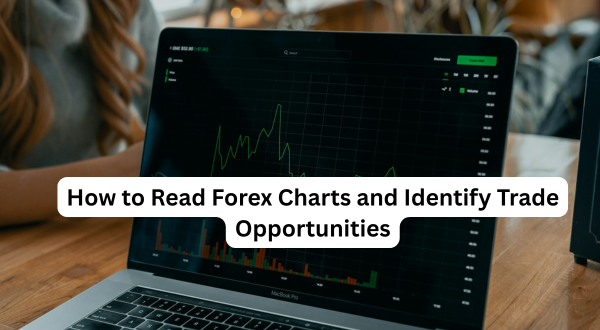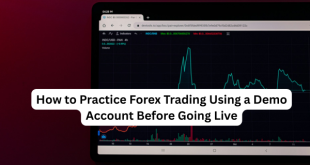If you’re new to forex trading, one of the first skills you’ll need to master is reading forex charts. These charts are the heartbeat of the forex market, showing how currency pairs move in real time and over time. Once you know how to interpret them, you’ll be able to spot patterns and identify opportunities to make profitable trades.
What Is a Forex Chart?
A forex chart is a visual representation of the price movement of a currency pair over a period of time. It helps traders analyze past movements and predict future trends. The most commonly used type of forex chart is the candlestick chart, but others include line charts and bar charts.
Types of Forex Charts
- Line Chart
- Simple and easy to read.
- Connects closing prices with a line.
- Good for identifying overall trends but lacks detailed info.
- Bar Chart
- Shows opening, closing, high, and low prices.
- Useful for understanding market volatility.
- Candlestick Chart (Most popular)
- Each candle shows open, high, low, and close for a specific time period.
- Candles are color-coded to show bullish (upward) or bearish (downward) movement.
How to Read Candlesticks
Each candlestick has:
- Body: The difference between the open and close prices.
- Wick (or shadow): The high and low of the session.
- Color: Green (or white) for a bullish candle; red (or black) for a bearish one.
Candlestick patterns, such as Doji, Hammer, and Engulfing, often signal potential reversals or continuations in price.
Identifying Trends
A trend is the general direction of a market or asset. There are three main types:
- Uptrend: Series of higher highs and higher lows.
- Downtrend: Series of lower highs and lower lows.
- Sideways/Range-bound: Price moves within a horizontal range.
Use tools like trend lines, moving averages, and support/resistance levels to confirm trends.
Spotting Trade Opportunities
Once you understand how to read charts, here’s how to find actual trades:
- Use Support and Resistance Levels
- These are price levels where the market tends to reverse.
- Buy at support, sell at resistance (or vice versa in downtrends).
- Identify Breakouts
- When price breaks above resistance or below support, it may start a new trend.
- Confirm with volume or momentum indicators.
- Look for Candlestick Patterns
- Reversal patterns (e.g., Hammer, Shooting Star) can hint at trend changes.
- Continuation patterns (e.g., Flags, Pennants) suggest trend continuation.
- Apply Indicators
- RSI (Relative Strength Index): Measures overbought/oversold conditions.
- MACD (Moving Average Convergence Divergence): Shows trend direction and momentum.
- Bollinger Bands: Help identify volatility and price extremes.
Final Tips for Chart Analysis
- Use multiple timeframes: Check both long-term (daily/weekly) and short-term (hourly) charts for a fuller picture.
- Combine tools: Don’t rely on one signal. Use multiple indicators and chart patterns to confirm trades.
- Stay updated: Economic news can cause sudden price movements. Always be aware of upcoming events on the economic calendar.
Conclusion
Reading forex charts isn’t just for technical experts—any trader can learn it with practice. By understanding how to read candlesticks, identify trends, and spot key levels, you’ll be better equipped to make smart, profitable decisions in the forex market.
Whether you’re trading EUR/USD, GBP/JPY, or any other pair, remember: charts are your best friend. Start analyzing them today and watch your trading confidence grow.
 UBUCH ubuch | Honest Tech Reviews & Tutorials for Everyone
UBUCH ubuch | Honest Tech Reviews & Tutorials for Everyone




